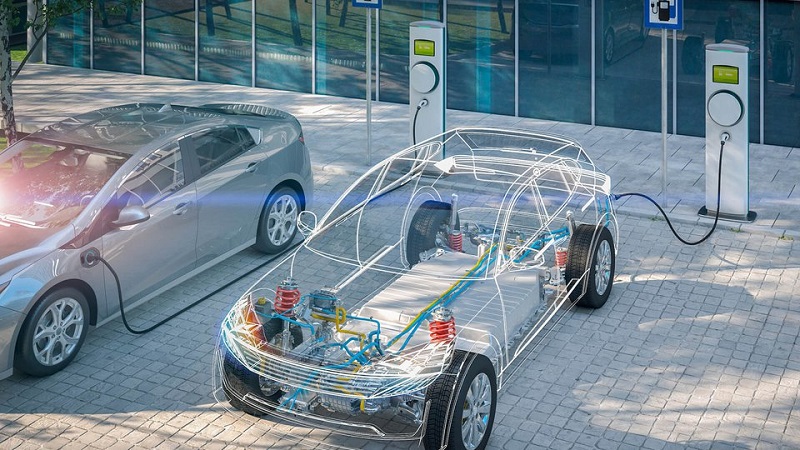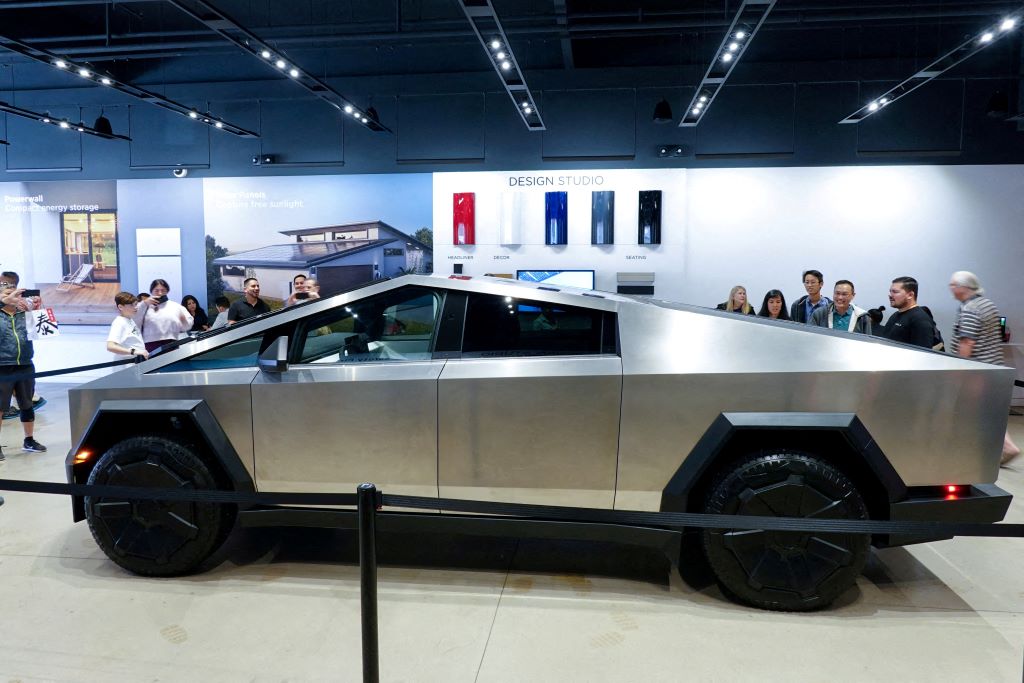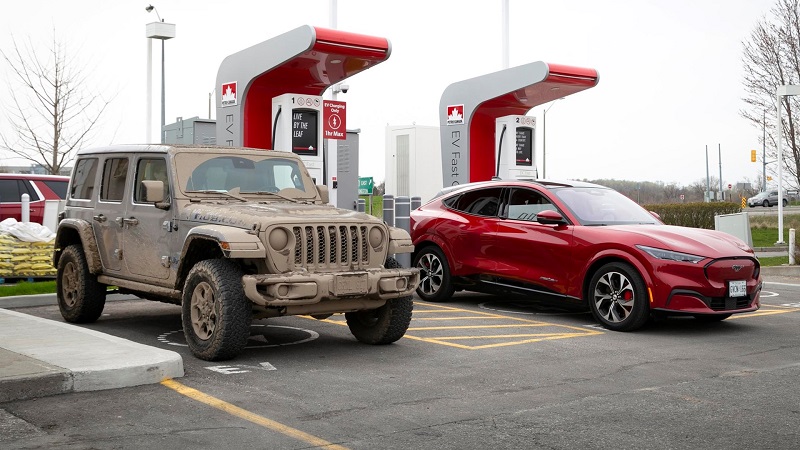Hey there, fellow Earth enthusiast! Have you ever wondered how hybrid and electric cars are like the caped crusaders of the automotive world, swooping in to save the environment? Well, wonder no more! In this exciting journey, we’ll explore how these eco-friendly vehicles help Mother Nature and why you might want to consider making the switch.
What’s the deal with hybrid and electric cars?
Hybrid cars, like the Toyota Prius or Honda Insight, are a hybrid (pun intended) of traditional gasoline-powered engines and electric motors. They work seamlessly together, offering improved fuel efficiency and lower emissions. On the other hand, electric cars, like the Tesla Model 3 or Nissan Leaf, run entirely on electricity, producing zero tailpipe emissions. So, they’re like your everyday heroes, fighting pollution one mile at a time.
Let’s dive right into how these eco-warriors are making the world a cleaner, greener place.
1. Reduced Greenhouse Gas Emissions: A Breath of Fresh Air
Imagine taking a stroll through a beautiful park, inhaling the crisp, clean air, and listening to the birds sing. Now, compare that to standing near a busy highway, choking on exhaust fumes. Hybrid and electric cars are here to bring us closer to that idyllic park scenario.
Traditional gas-powered cars emit harmful greenhouse gases like carbon dioxide (CO2) and nitrogen oxides (NOx). These gases trap heat in the atmosphere, leading to global warming and climate change. It’s like wrapping the Earth in a cozy but dangerous blanket.
Hybrid cars significantly reduce these emissions by relying more on electric power during slow speeds and stop-and-go traffic. Electric cars take it a step further by emitting zero tailpipe emissions. They’re like the superheroes swooping in to save our planet from overheating.
2. Energy Efficiency: Doing More with Less
Imagine you have two chefs cooking the same meal. One chef uses all the ingredients efficiently, leaving no waste, while the other spills ingredients all over the kitchen. Which one would you prefer?
Hybrid and electric cars are like the efficient chef. They use energy wisely and produce less waste. Electric cars, in particular, are incredibly energy-efficient because they convert a high percentage of the electricity from the grid into motion, leaving little energy wasted as heat. This means they can travel farther on the same amount of energy compared to gas-guzzlers. Think of it as getting more miles per gallon of energy.
3. Silent Heroes: Reducing Noise Pollution
Have you ever been woken up early in the morning by the roar of a car engine? It’s not the most pleasant alarm clock, is it? Hybrid and electric cars are the whispering heroes of the road, reducing noise pollution.
Electric cars, in particular, are nearly silent because their electric motors make minimal noise. This means quieter streets, peaceful neighborhoods, and happier sleepers. Imagine a world where the sound of birds chirping in the morning is not drowned out by the rumble of engines. It’s like music to our ears.
4. Dependence on Petroleum: Breaking Free
Picture this: you’re stranded in the middle of nowhere with an empty gas tank, and the nearest gas station is miles away. Not a fun situation, right? Hybrid and electric cars are here to reduce our reliance on petroleum, giving us more energy independence.
Electric cars can be charged at home, at work, or at charging stations, reducing our dependence on fossil fuels. This means we’re less affected by fluctuations in gas prices and the instability of oil-producing regions. It’s like having a self-sustaining garden in your backyard, so you don’t have to rely on the grocery store for your veggies.
5. Maintenance Marvels: Fewer Repairs and Less Waste
Traditional cars have a lot of moving parts, which means more wear and tear, and more trips to the mechanic. Hybrid and electric cars have fewer moving parts in their engines, leading to less maintenance and fewer repairs. In the long run, this not only saves you money but also reduces the waste generated from old car parts. It’s like having a car that ages gracefully, without needing constant trips to the doctor.
6. Cleaner Air for All: Healthier Communities
Imagine a world where kids can play outside without worrying about smog-filled air damaging their lungs. Hybrid and electric cars help create this world by reducing air pollution.
Less pollution means fewer cases of asthma, bronchitis, and other respiratory illnesses. It also means fewer hospital visits and lower healthcare costs. It’s like a breath of fresh air for our communities, quite literally.
7. The Butterfly Effect: Setting an Example
Have you ever noticed how one small act of kindness can inspire others to do the same? Well, driving a hybrid or electric car can have a similar effect. When you choose to drive an eco-friendly vehicle, you’re setting an example for others to follow. Your choice can encourage your friends, family, and neighbors to make greener choices too. It’s like being the first butterfly that starts a chain reaction of positive change.
8. Incentives and Savings: Money in Your Pocket
Now, let’s talk about everyone’s favorite topic: money! Hybrid and electric cars come with financial benefits. Many governments offer incentives such as tax credits and rebates to encourage people to switch to eco-friendly vehicles. You’ll also save on fuel costs because electricity is cheaper than gasoline. Plus, with fewer maintenance expenses, your wallet will be thanking you. It’s like having a personal financial superhero.
9. Innovation Acceleration: Driving the Future
Hybrid and electric cars are pushing the boundaries of automotive technology. They’re driving innovation in battery technology, charging infrastructure, and energy management systems. This means we’re not only helping the environment today but also paving the way for a cleaner and more sustainable future. It’s like being at the forefront of a revolution, where progress and sustainability go hand in hand.
10. Zero Emission Zones: Access to Restricted Areas
Some cities are implementing zero-emission zones where only electric vehicles are allowed to enter. By driving an electric car, you gain access to these restricted areas, avoiding traffic and congestion. It’s like having a secret passage to beat the rush-hour traffic.
So, there you have it – the many ways in which hybrid and electric cars are like Earth’s superheroes, fighting for a cleaner, greener future. But, before we wrap this up, let’s address some common questions that might be swirling in your mind.
FAQs
- Are electric cars truly zero-emission?
Electric cars themselves produce zero tailpipe emissions, which means they don’t emit pollutants like traditional cars. However, it’s essential to consider the emissions associated with electricity production. If the electricity used to charge the car comes from fossil fuels, there can still be indirect emissions. The degree of emissions depends on the energy mix of your region. Nonetheless, electric cars are generally much cleaner than their gasoline counterparts.
- What’s the range of electric cars, and how long does it take to charge them?
The range of electric cars varies depending on the model, but many modern electric cars can travel over 200 miles on a single charge. Charging times also vary based on the charger type. Level 1 chargers (120 volts) can take 8-12 hours for a full charge, while Level 2 chargers (240 volts) can do it in 4-8 hours. DC fast chargers can provide an 80% charge in as little as 30 minutes.
- Do hybrid cars require special maintenance?
Hybrid cars do require some specific maintenance, mainly related to the hybrid components like the battery. However, they generally have fewer maintenance needs than traditional gasoline-powered cars. The batteries in modern hybrid cars are designed to last for many years, often the life of the vehicle.
- Are hybrid and electric cars more expensive than traditional cars?
While the upfront cost of hybrid and electric cars can be higher, they often provide cost savings over time due to lower fuel and maintenance expenses. Additionally, government incentives and rebates can help offset the initial purchase price. As technology advances and production scales up, the price gap is also decreasing.
- Can I charge an electric car at home?
Yes, you can charge an electric car at home using a standard electrical outlet (Level 1 charger) or a dedicated Level 2 charging station. Many electric car owners charge their vehicles overnight, making it convenient and hassle-free.
In conclusion
Hybrid and electric cars are like the eco-friendly superheroes we need in a world grappling with environmental challenges. They reduce greenhouse gas emissions, save you money, and promote cleaner, quieter communities. So, the next time you’re in the market for a new car, consider joining the ranks of these eco-warriors and driving towards a better, greener future.






